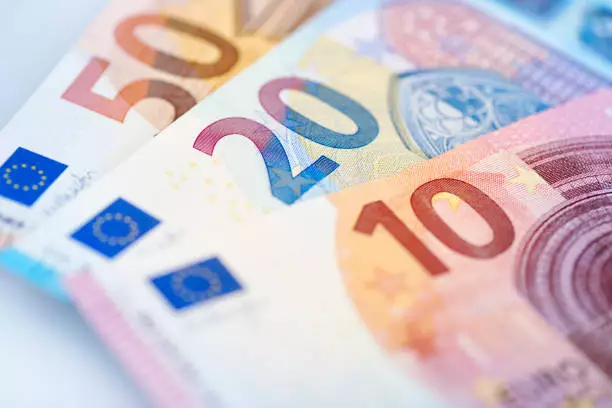The EUR/USD currency pair has demonstrated remarkable strength, soaring to new heights of 1.1801 and completing nine consecutive days of gains. This relentless rally suggests that traders are heavily influenced by external factors beyond traditional technical levels. Foremost among these is the perceived dovish stance of the Federal Reserve, which has kept US interest rate expectations subdued amidst mounting fiscal concerns. Market participants interpret Federal Reserve Chair Jerome Powell’s cautious remarks as a signal that the central bank is prepared to pause or even cut interest rates if economic conditions warrant. By refraining from ruling out future rate cuts, Powell injects uncertainty into the Fed’s monetary trajectory, prompting traders to favor the relative stability and lower-yield environment of the euro.
Adding fuel to the fire are political developments that have heightened fears of fiscal irresponsibility in the United States. The Senate’s narrow approval of a substantial tax and budget package—potentially increasing the national debt by over 3 trillion USD—exacts a toll on investor confidence. Although the bill hasn’t yet become law, the political uncertainty surrounding its passage raises concerns about long-term fiscal health. Investors, driven by these worries, are positioning themselves toward the perceived safety of European assets, a move that further bolsters the euro against the US dollar.
Market Expectations and Critical Data on the Horizon
The approach of key economic data releases adds both tension and opportunity to the current landscape. Investors are especially keenly awaiting the upcoming US employment figures, which include the private sector ADP report and the June labor market statistics. These indicators serve as vital barometers of the economy’s strength and will heavily influence Federal Reserve policy decisions. A robust employment report could bolster the case for a rate hike or at least support the current cautious stance, while disappointing numbers might amplify expectations of rate cuts and deepen dollar weakness.
In the context of ongoing geopolitical and economic uncertainty, these data points embody the market’s attempt to decode the Fed’s next move. Should the numbers align with a weakening US labor market, investors might interpret this as an endorsement of looser monetary policy, thereby sustaining or even accelerating EUR/USD’s rally. Conversely, stronger-than-expected data could serve as a catalyst for a reversal, especially if the Fed’s cautious outlook is challenged by tangible economic resilience.
Technical Landscape Points Toward a Shifting Tide
From a technical perspective, the EUR/USD chart paints a picture of possible upcoming volatility. The four-hour (H4) timeframe reveals that the pair has completed an upward wave to 1.1777, entering a consolidation phase. An initial upward push toward 1.1848 seems plausible, hinting at continued strength, but this momentum appears exhausted—a typical precursor to a reversal or correction. The boundaries of this consolidation suggest a potential swing between 1.1750 and 1.1885, with breakout scenarios on either side indicating significant directional shifts.
The technical oscillators reinforce this tentative outlook. The MACD’s position above zero points to recent bullishness, yet its proximity to the zero line favors a correction in the near term. Similarly, on the lesser-hour (H1) chart, the Stochastic oscillator’s sharp decline toward the oversold region (20) signals mounting bearish momentum. This confluence of signals signals that while the euro has rallied strongly, the tide may be turning, and a retracement could occur soon.
The Play Between Support and Resistance
The critical levels to watch hinge on the resistance at 1.1848 and 1.1885, which, if breached, could extend the rally further. However, failure to surpass these levels might usher in a corrective phase down toward 1.1660 or even 1.1616. The dynamic interplay between these support and resistance thresholds underscores the importance of upcoming data and market sentiment. A breakout below the support at 1.1750 would confirm a shift toward bearishness, whereas sustained momentum beyond 1.1885 could terminate the current consolidation and initiate a new upward trend.
The overarching narrative remains clear: the EUR/USD is riding a wave of dovish Federal Reserve expectations and global fiscal unease. While technical signals hint at a potential short-term correction, the broader sentiment is skewed heavily toward euro strength, driven by policymakers’ cautious stance and geopolitical anxieties. Traders and investors who watch these levels closely and interpret forthcoming economic data with discernment will determine whether the rally persists or yields to a corrective phase.

